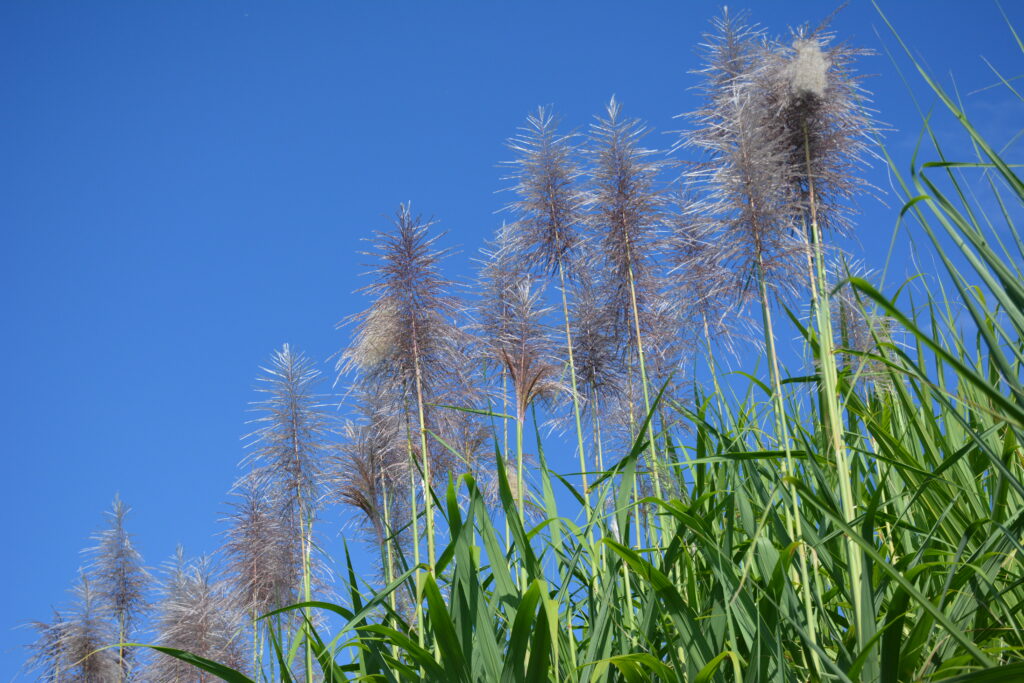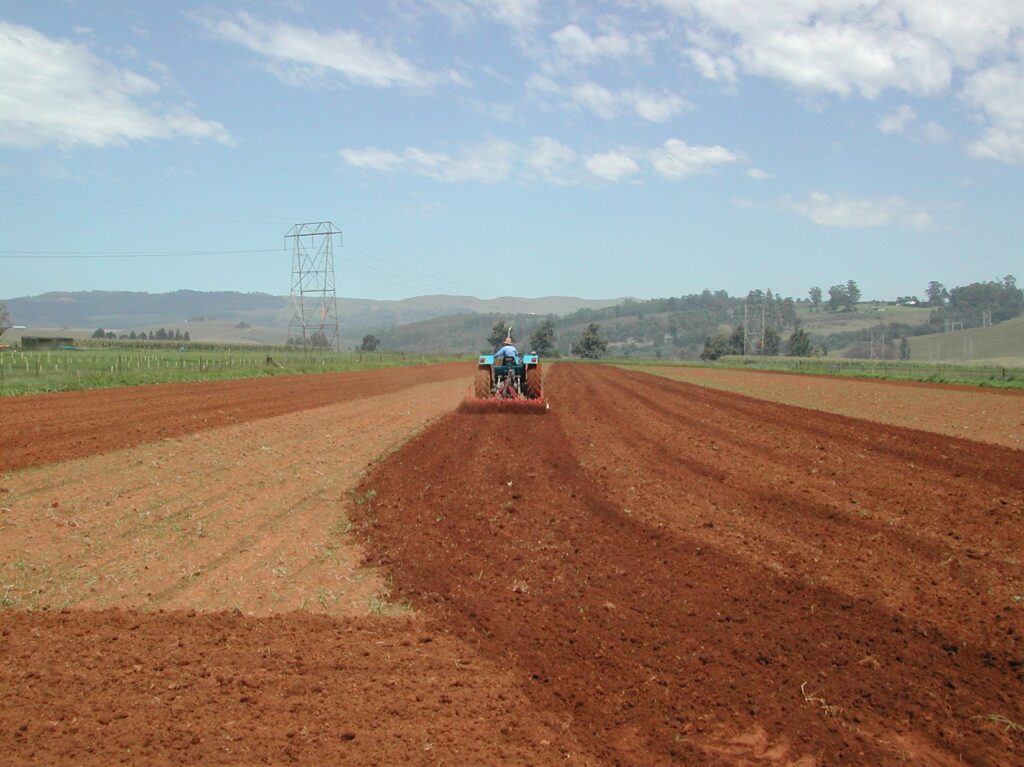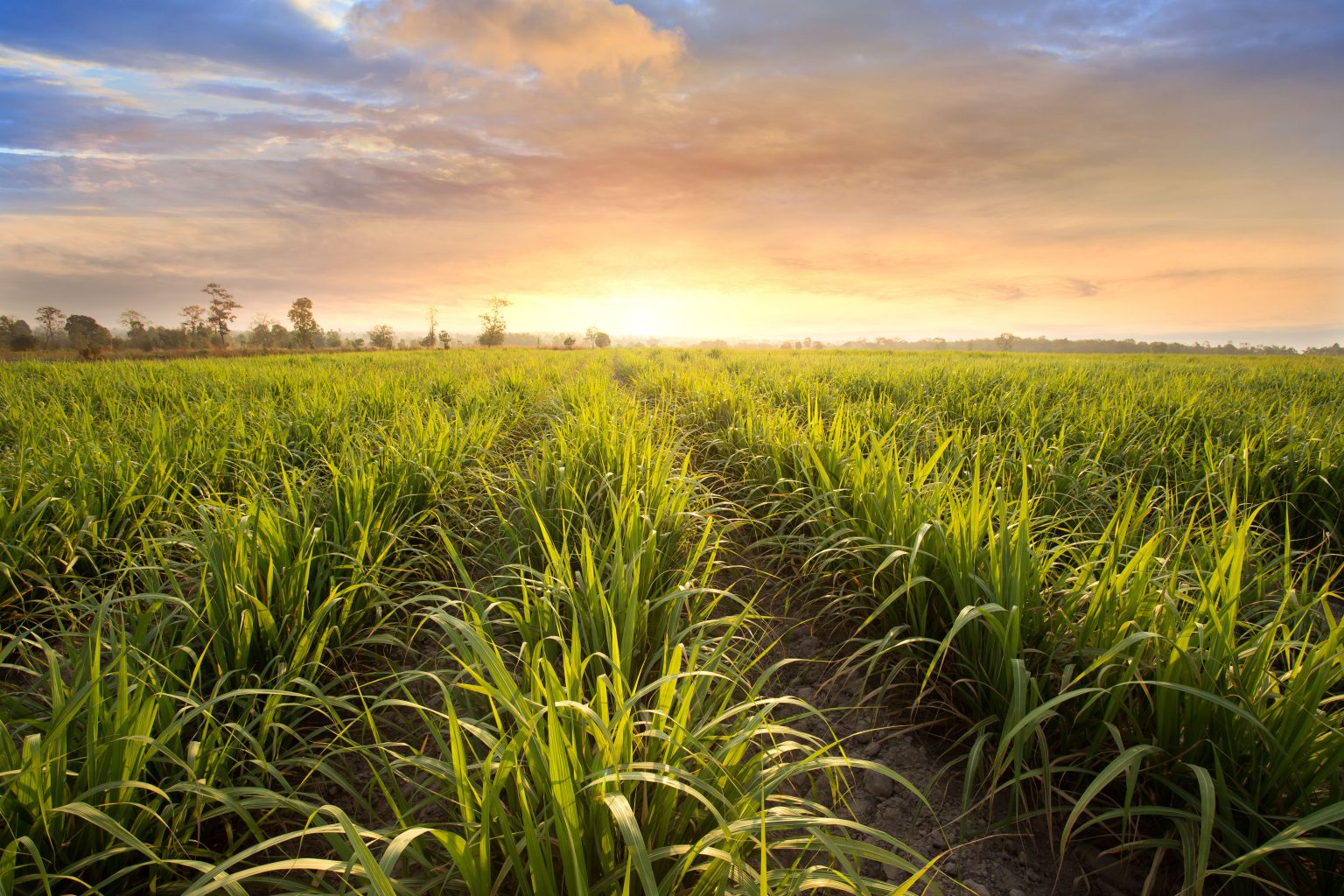Cane quality and crop health
The industry has experienced relatively dry conditions during the winter so far, and the crop is under some stress on shallow soils, particularly in the southern regions. In addition, flowering is a factor and eldana is on the increase in some areas. These factors all influence cane quality, making the principles of harvesting the most mature, clean, and fresh cane even more critical. Your CTS delivery and cane quality report is vital to understanding what is happening to cane quality on your farm. Consult your SASRI Extension Specialist if you need help in this regard.
Pest and Diseases
Earlier this year, yellow sugarcane aphid (YSA) was problematic in many parts of the industry. Populations declined over winter but could resurge in spring once conditions become favourable. YSA is often present in the breaks and verges during winter, and its presence there could indicate a possible movement into cane. Regular scouting is therefore essential, and growers are advised to contact their Extension Specialist or Biosecurity Officer to decide on a course of action if outbreaks occur.
Eldana levels have increased during the winter in some areas and severe infestations are possible as moth activity increases in the coming months. Your farm scouting team should regularly inspect fields to check eldana levels and damage. Monitor during harvest. Very high levels of eldana present in the stubble could warrant post-harvest eldana control measures, such as a stool drench treatment with a registered insecticide. Drench treatment requires application within a day or two of harvest and does not necessarily provide long-lasting eldana control. Follow-up scouting will determine the need for further treatment.
Make sure all fallow fields are free of volunteer regrowth before planting begins in spring. Regrowth can be a source of re-infection of damaging systemic diseases such as ratoon stunt (RSD) and smut.
Carry-over cane
With an early closure possible for some mills, planning of carry-over fields should be finalised now. Carefully monitor eldana levels in potential carry-over cane, and if they reach hazard levels, these fields must be cut before the mills close. Remember there is also the option of spraying insecticide on carry-over cane if it is below the hazard level.
Flowering
By now, it should be possible to assess the extent of flowering in your fields. Any potential carry-over fields that have flowered profusely (more than 20% flowered stalks) should be included for harvest later in the current season, preferably before the end of September.

RV Yields
Losses in sucrose in the period between burn/harvest and crushing have been thoroughly researched. Deterioration sets in immediately after the cane is burnt and temperature determines the rate that losses occur. Every effort should be made to keep burn/harvest to crush delays to below 48 hours, after which deterioration accelerates considerably, resulting in significant losses in income. Deliberately delaying delivery does not increase RV yield, as some believe. The apparent increase in RV% is due to the drying out of the cane stalks, but the associated loss in mass causes a loss of overall RV yield. Burning more frequently and paying more attention to field access and the management of haulage will go a long way to reducing the losses from deterioration.
Maintenance of waterways, drains, roads and irrigation equipment
The dry weather has the advantage of enabling maintenance of waterways, drains and roads to be carried out unhindered. Ensuring that road drainage is adequate and contour structures are clear and able to flow properly is vital to ensuring that erosion does not occur in periods of heavy rain.
Winter is the best time to maintain and repair irrigation equipment. Simple checks include taking measurements of the following: operating pressures, nozzle wear and emitter flow-rates. The SA Irrigation Institute (SABI) offers training courses (for growers and managers) aimed at ensuring that irrigation system hardware is performing according to design specifications and accepted standards. Speak to your local Extension Specialist for assistance in this regard.
Weed Management
An early flush of weed growth in winter and early spring can create problems later if not dealt with effectively when the weeds emerge. Consult your Agricultural Advisor and the SASRI Herbicide Selector to decide on a strategy.
Programme Planning
If you are not using one already, speak to your SASRI Extension Specialist about getting a programme planning board to plan and monitor the many field operations necessary to take your crop from one harvest to the next. The money and headache this will save you is well worth the trouble. Sugarcane farming lends itself very well to the systematic and timed implementation of certain essential and basic field operations which can be planned for a year ahead. Many growers can attest to the success of this approach.
Soil Management
In the irrigated regions where some soils are prone to salt build-up, it is important to ensure that adequate drainage is in place and that existing drains are clean and functioning properly. Good drainage will prevent the accumulation of salts in the root zone.
Your fertiliser programme for the year should be set by now with application starting when the rains arrive. Ensure your programme is based on representative soil samples analysed by FAS. Growers in the irrigated regions who can fertigate their crops demonstrate the clear benefits of correct placement, timing and splitting of fertiliser applications so that fertiliser is taken up effectively by the crop with minimal wastage. Whilst this level of precision is not possible on rainfed farms, it is important to make as effective use possible of a high-cost input. Throwing fertiliser on the ground and hoping for the best is not a strategy. Rather, every effort should be made to adhere to the Four Rs principle: the Right Type of Fertiliser, the Right Rate, the Right Placement and Right Timing are all key considerations outlined comprehensively in the SASRI Information Sheets 7.1 to 7.21 available on this website.
To assist you with your crop nutrition programme, contact your Extension Specialist to try out the recently developed OptiFert computer application which will assist in planning an efficient and cost-effective crop nutrition programme.


